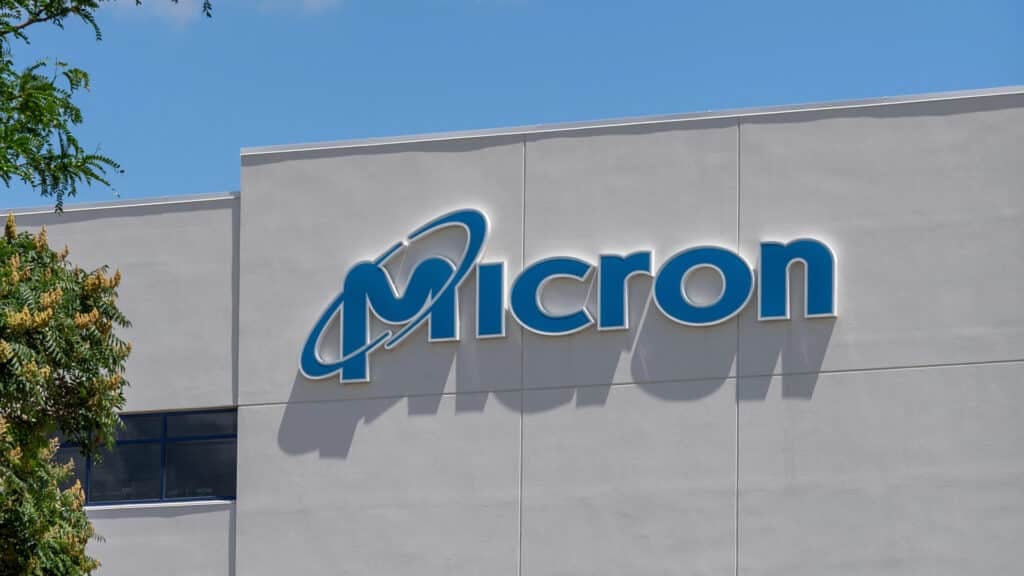At the Web Summit in early November, Forsta introduced Predictive NPS (pNPS), a capability that will help customers fill in knowledge gaps caused by the majority of customers not participating in feedback opportunities. This functionality was developed in partnership with CX data specialists at GemSeek, to solve problems that can result from only hearing from a minority of the customer base.
Predictive NPS is built on Forsta’s Human Experience platform, and uses analytics to predict what “silent” customers or those that do not provide the type of direct feedback needed to determine NPS and other CX metrics are feeling, allowing companies to take educated action on initiatives.
“To understand the full human experiences of their customers, companies need to look beyond customers’ direct interactions and verbatim feedback,” says Giles Whiting, Chief Operating Officer and Managing Director at Forsta. “Smart analytics models like Forsta’s Predictive NPS allow companies to not only understand but predict and act upon customer needs. These capabilities will enable our clients to cater to their customer needs in a proactive and personalized fashion and optimize their CX approach for better business outcomes.”
The company posted a brief interview on LinkedIn with Morgan Evans, Managing Director of GemSeek, in which Evans shared that only 10-15% of customers take the time to respond to feedback. “On an average level, a company can get a sense of how their business is doing and where the hot spots are. Maybe where some operations need to be fixed. But for an individual customer, it’s a black spot. You can’t really see who is happy and who isn’t.” According to Evans, being able to predict who is happy and who is not allows companies to choose how to best to react and fix an issue or provide a personalized offer. When that action is taken, customers are seeing a 10x return on investment and strong customer retention.
Predictive NPS takes in operational, customer, and behavioral data, and blends it together. This data is fed into an advanced machine learning (ML) model that assigns satisfaction scores to those who have not given feedback via surveys or other direct channels. pNPS is driven by a library of advanced data science models that evaluates which of these additional data points have the highest potential to predict satisfaction, searches for similarities and patterns between customers who respond and those who do not, and then determines predicted scores for the customer the company is not hearing from.
With the possible tightening of budgets, having the ability to be laser focused on which CX initiatives will bring the most value for both the company and its customer base will be a strong asset.
Author Information
As a detail-oriented researcher, Sherril is expert at discovering, gathering and compiling industry and market data to create clear, actionable market and competitive intelligence. With deep experience in market analysis and segmentation she is a consummate collaborator with strong communication skills adept at supporting and forming relationships with cross-functional teams in all levels of organizations.
She brings more than 20 years of experience in technology research and marketing; prior to her current role, she was a Research Analyst at Omdia, authoring market and ecosystem reports on Artificial Intelligence, Robotics, and User Interface technologies. Sherril was previously Manager of Market Research at Intrado Life and Safety, providing competitive analysis and intelligence, business development support, and analyst relations.
Sherril holds a Master of Business Administration in Marketing from University of Colorado, Boulder and a Bachelor of Arts in Psychology from Rutgers University.







